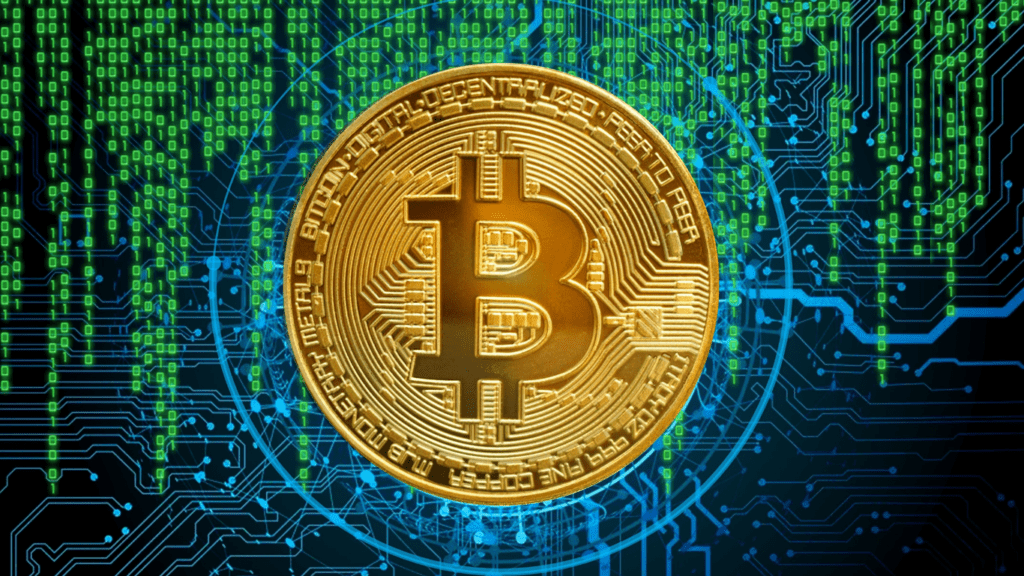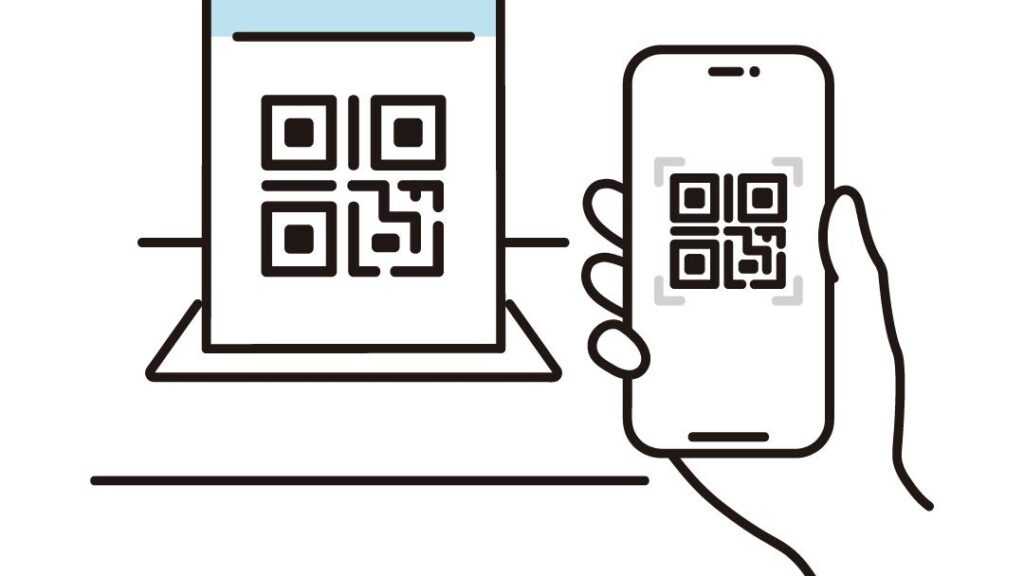What is Decentralized Finance (DeFi)?
Decentralized Finance (DeFi) is a financial ecosystem built on blockchain technology. DeFi platforms use smart contracts to execute transactions automatically, reducing the need for intermediaries like banks. This decentralization fosters transparency, as all transactions are recorded on a public ledger.
Traditional finance relies on centralized institutions to manage funds and process transactions. In contrast, DeFi protocols operate through decentralized networks, allowing users to retain control over their assets. For example, DeFi platforms like Compound and Aave let users lend and borrow cryptocurrencies directly.
Financial inclusion is a significant benefit of DeFi. Conventional banking systems often exclude those without identification or access to physical banks, while DeFi is accessible to anyone with an internet connection. This opens opportunities for underserved populations to participate in the global economy.
Investment opportunities in DeFi can offer higher returns compared to traditional financial instruments. DeFi users can earn interest on their holdings, participate in yield farming, or stake tokens to gain rewards. These options provide diverse avenues for growing one’s assets.
In DeFi, security and risk management are critical. While smart contracts automate and secure processes, vulnerabilities can still exist. Users must remain vigilant, employing best practices like diversifying investments and using hardware wallets to safeguard funds.
By leveraging blockchain technology, DeFi aims to create a more inclusive, transparent, and efficient financial system. Rapid innovation continues to expand the possibilities within this decentralized landscape, redefining how we think about and manage finances.
Key Features of DeFi Protocols
Decentralized Finance (DeFi) protocols offer several defining features that revolutionize financial systems. These features include:
- transparency
- accessibility
- security
Transparency
DeFi protocols ensure transparency by utilizing blockchain technology. Every transaction is recorded on a public ledger, making data open and immutable. Users can verify transactions without needing intermediaries. Platforms like Etherscan allow anyone to scrutinize blockchain activity, promoting trust through openness.
Accessibility
DeFi protocols democratize access to financial services. Traditional banking often excludes individuals due to geographical or economic barriers. DeFi platforms, built on blockchain, are accessible to anyone with an internet connection. For instance, Uniswap and MetaMask enable global participation in decentralized exchanges and financial activities, fostering financial inclusion.
Security
DeFi protocols prioritize security but must manage inherent risks. Smart contracts automate transactions, reducing human error, but vulnerabilities can still exist. Regular audits from firms like CertiK and the integration of security features like multi-signature wallets enhance safety. Users must remain vigilant and informed about potential risks, despite the protocols’ robust security mechanisms.
Popular DeFi Protocols
Decentralized Finance (DeFi) encompasses a variety of protocols that offer financial services on the blockchain. These protocols enable users to engage in complex financial activities without traditional intermediaries.
Uniswap
Uniswap operates as a decentralized exchange (DEX) utilizing liquidity pools. Users trade Ethereum-based tokens directly from their wallets without intermediaries. Uniswap provides liquidity providers opportunities to earn fees from trades in the pools they support. By utilizing an automated market maker (AMM) model, it manages token pricing based on supply and demand directly on the blockchain, ensuring transparency.
MakerDAO
MakerDAO facilitates decentralized lending through its platform, allowing users to generate DAI, a stablecoin pegged to the US dollar. Dai is created when users lock up Ethereum (ETH) as collateral in Maker smart contracts.
This system ensures stability and provides an alternative to volatile cryptocurrencies. Additionally, the governance token, MKR, allows holders to participate in decision-making processes that affect the protocol.
Aave
Aave, another leading DeFi protocol, revolutionizes lending and borrowing by introducing features like flash loans and rate switching. Users can collateralize their digital assets to borrow other cryptocurrencies instantly.
Flash loans stand out as innovative, enabling borrowing without traditional collateral as long as the loan is repaid within the same transaction. Aave also allows users to switch between fixed and variable interest rates, offering flexibility in managing their loans according to market conditions.
Benefits of Using DeFi Protocols

DeFi protocols offer a myriad of benefits to users engaging with blockchain technology. These advantages span financial inclusion, transparency, and ownership.
Financial Inclusion
DeFi protocols democratize access to financial services. Traditional banking systems often exclude individuals without proper documentation or credit history. DeFi systems, however, open financial services to anyone with internet access. For instance, platforms like Compound and Aave enable users to lend and borrow funds, bypassing traditional credit checks.
Transparency and Trust
Transparency is integral to DeFi protocols. Each transaction orchestrated on a DeFi platform is recorded on a public blockchain. Users can audit these transactions as the data is openly accessible. For example, Uniswap’s smart contracts display all liquidity pool activities, allowing users to verify data without relying on a central authority.
Ownership and Control
DeFi protocols return control to users. Traditional financial institutions often manage users’ assets and make decisions on their behalf. In contrast, DeFi platforms offer complete ownership and control. For instance, MakerDAO lets users generate DAI stablecoins by locking collateral, enabling them to manage their digital assets without intermediary intervention.
Risks and Challenges
Decentralized Finance (DeFi) offers numerous benefits, but it’s not without risks and challenges. Understanding these is essential for anyone engaging with DeFi protocols.
Security Vulnerabilities
Security vulnerabilities pose significant risks in DeFi. Smart contracts, which automate transactions, carry potential flaws. Code bugs can be exploited, leading to loss of funds. For instance, the 2020 bZx hack exploited such a flaw, resulting in $8 million in losses. Ensuring smart contract security through rigorous auditing is critical but not foolproof as audits can’t catch every vulnerability.
Regulatory Uncertainty
- Regulatory uncertainty affects the DeFi landscape significantly.
- Governments worldwide are still shaping regulations for DeFi.
- This uncertainty can lead to sudden changes in legal standings, affecting investments negatively.
- The SEC’s increasing scrutiny of crypto assets exemplifies this, as seen in the SEC vs. Ripple case.
- Staying updated with regulatory developments and understanding local laws is crucial for DeFi participants.
Usability Complications
Usability complications hinder mainstream adoption of DeFi. The interfaces and processes often require deep technical knowledge. Users need to understand blockchain mechanics, wallet operations, and transaction fees, which can be intimidating. Platforms like MetaMask offer browser extensions to simplify interactions, but the complexity remains challenging for non-technical users. Continuous improvement in user experience design is necessary to make DeFi more accessible.


 Founder & CEO
Daniel Anderson is the visionary founder and CEO of the website, leading the charge in revolutionizing the crypto space. With a deep understanding of blockchain technology and years of experience in the industry, Daniel has established himself as a key figure in the cryptocurrency world. His passion for decentralization and financial innovation drives the platform’s mission to deliver cutting-edge insights and resources for crypto enthusiasts, traders, and investors. Under his leadership, the website has grown into a trusted hub for the latest trends, news, and developments in the digital asset space.
Founder & CEO
Daniel Anderson is the visionary founder and CEO of the website, leading the charge in revolutionizing the crypto space. With a deep understanding of blockchain technology and years of experience in the industry, Daniel has established himself as a key figure in the cryptocurrency world. His passion for decentralization and financial innovation drives the platform’s mission to deliver cutting-edge insights and resources for crypto enthusiasts, traders, and investors. Under his leadership, the website has grown into a trusted hub for the latest trends, news, and developments in the digital asset space.
